In the realm of early childhood education, there lies a vital yet frequently underestimated cognitive process that forms the bedrock of learning and academic achievement – working memory. Acting as a mental workspace, this cognitive system temporarily houses, manipulates, and applies information to execute tasks effectively. Grasping the nuances of working memory, its various types, and its pivotal role in early childhood education is essential for cultivating enriching learning environments.
Understanding Working Memory
Working memory, often likened to the brain’s “mental scratchpad,” is like the engine driving your child’s learning process. It comprises different components that work together seamlessly:
- Remembering Sounds and Words: This aspect of memory aids your child in processing language, recognizing sounds, and mastering vocabulary. It’s crucial for language development and literacy skills.
- Visualizing Space and Objects: Think of this as your child’s mental map-making tool. It enables them to navigate spatial relationships, solve puzzles, and grasp concepts related to shapes, sizes, and distances.
- Cognitive Control: This executive function of memory acts as the conductor orchestrating your child’s cognitive processes. It helps them focus attention, regulate impulses, and manage multiple tasks effectively.



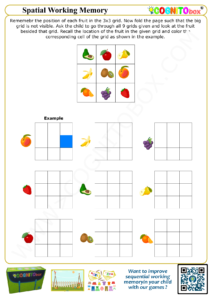
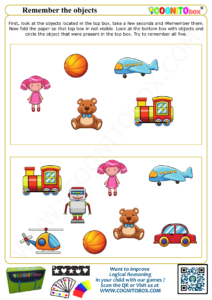
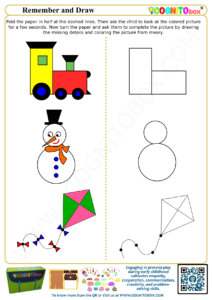
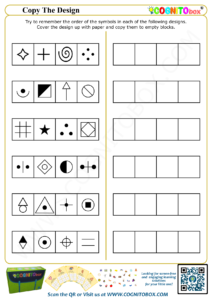

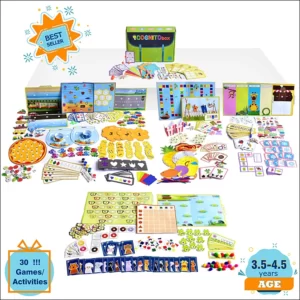
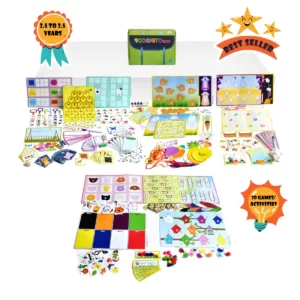

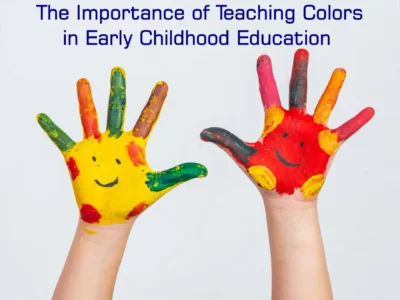
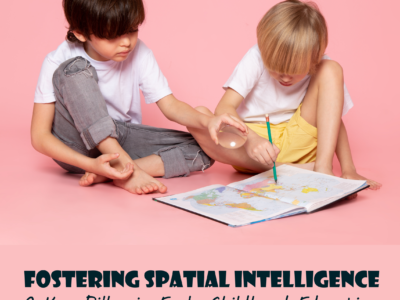
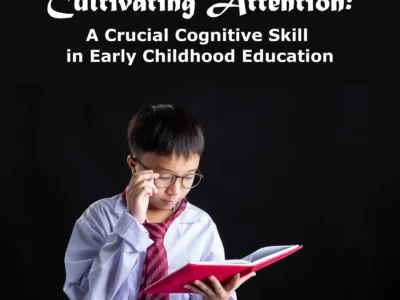



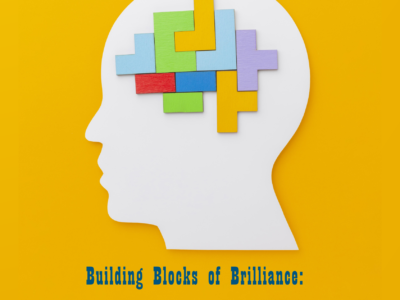
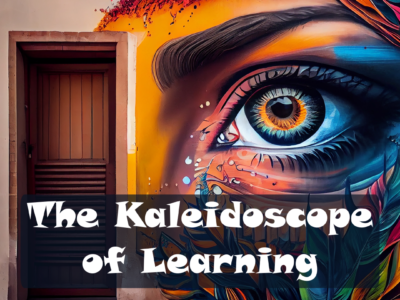
 Cultivating Attention: A Crucial Cognitive Skill in Early Childhood Education
Cultivating Attention: A Crucial Cognitive Skill in Early Childhood Education  Fostering Spatial Intelligence: A Key Pillar in Early Childhood Education
Fostering Spatial Intelligence: A Key Pillar in Early Childhood Education  Why Every Child Deserve To Play?
Why Every Child Deserve To Play?  STRUCTURED PLAY in Early Child Education
STRUCTURED PLAY in Early Child Education  Window of opportunity in early child development
Window of opportunity in early child development 
Recent Comments